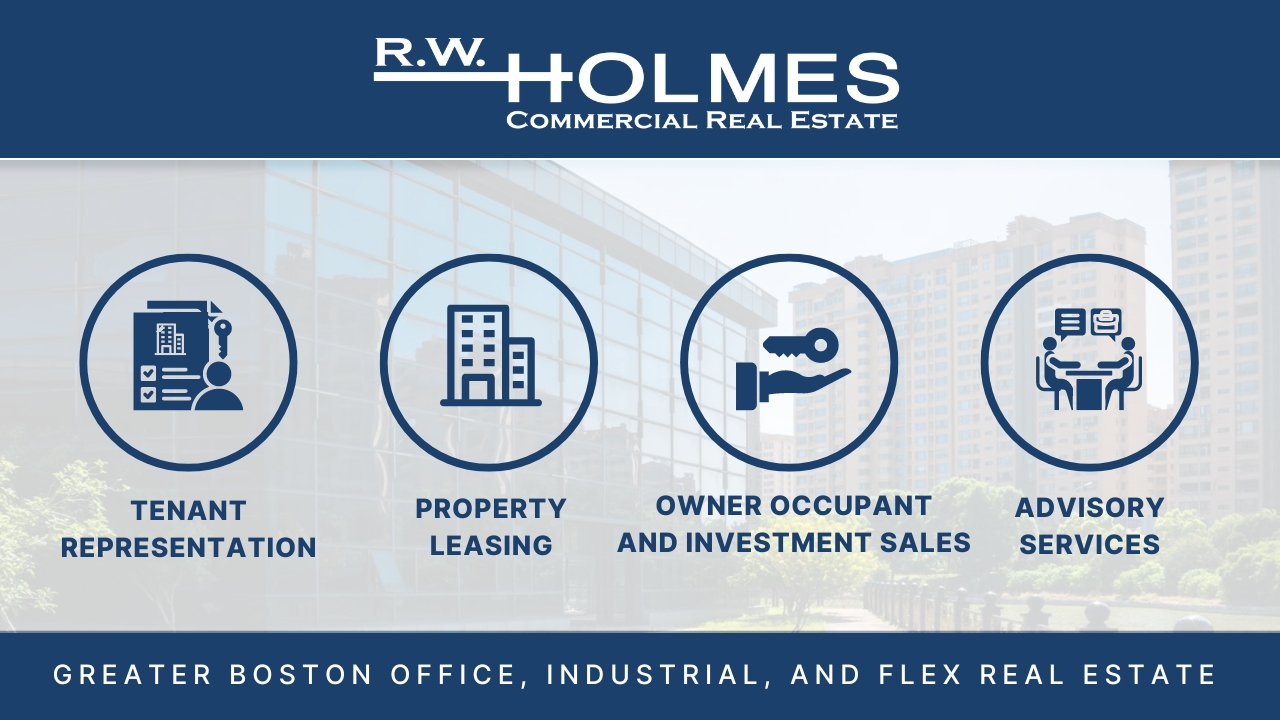CHICAGO – Four years following the pandemic, a new survey from JLL finds that hybrid working is now the most common workstyle globally, with 87% of organizations operating with a hybrid program today.
Hybrid work has proven to have a lasting impact and is here to stay. JLL’s new 2024 Global Occupancy Planning Benchmarking Report outlines how hybrid programs are actively shifting to accommodate a greater variety of work activities and how companies can look at occupancy planning and workplace design more holistically to reflect these changes. By investing in new technologies, leveraging utilization data and prioritizing individual and private seating, companies can ensure they are effectively reflecting the workplace’s changing needs.
Leveraging JLL insights and accumulated data from more than 85 organizations representing nearly 625 million square feet across 12 industries globally, the benchmarking report offers best practices for how companies can use their workspace as an asset to attract and retain top talent. Critical to the success of a hybrid workplace is the ability to plan and manage fluctuating weekly occupancy patterns. With nearly 50% of companies intending to expand their hybrid program policies in the next three years, there is a unique opportunity to create a more dynamic workplace that integrates facilities management, space planning and technology into decision making.
“There is no one-size-fits-all approach to occupancy planning in a hybrid workplace,” said Neil Murray, CEO, Work Dynamics at JLL. “Utilization data is key to unlocking the value in an organization’s hybrid program, and we are seeing companies reach for technology more frequently to inform how to best use their space, and leverage occupancy data to do so more dynamically and intelligently.”
Data-driven workplace management
JLL’s recent report Is hybrid really working? explored how the drivers behind hybrid programs can vary broadly, from optimizing space utilization (79%) to wanting to improve employee experience (60%) or support changed workstyles (59%). Regardless of an organization’s motivation to adopt a hybrid program, JLL’s new research shows an increase in companies tracking utilization data, followed by occupancy/vacancy data and density data, as workplace planning and management becomes more complex.
Accurate space data has always been a critical part of successful workplace planning and management; however, the proportion of companies tracking utilization to inform planning has risen to new heights, with 77% of companies tracking utilization data, up from 55% in 2017 and 67% in 2022. Utilization continues to become more accurate as technology for sensors and badge tracking improves, providing a more holistic understanding of space usage. These insights help companies better understand and use their space in various ways, with 72% of companies using utilization data for planning and 43% using it to determine hybrid program styles.
New tech paves the way for dynamic hybrid workspace
Despite the rise in importance and accuracy of utilization data globally, organizations’ target utilization rates are significantly higher than their actual utilization rates. Technology can help close this gap through integrated occupancy sensors for workstations and collaboration spaces, real time analytics and AI capabilities to unlock efficiencies. With that, many organizations have invested in technology to enable the adaptation of their physical spaces to better support hybrid programs, with 44% of organizations implementing IT modifications for hybrid working, and 40% investing in enhanced conference room technology.
Alternatively, vacancy rates, which have historically been used as a key benchmark in occupancy planning, have proven to be less helpful amid increased seat sharing and use of collaboration spaces. Workplace density also continues to be a driving metric for clients looking to optimize portfolios for planning and space design, as organizations face increasing pressure to reduce footprints and operational costs.
As organizations assess utilization, vacancy and density globally, these metrics continue to inform changes across workspaces, including the increasing number of shared and open workstations and focus spaces, and decreasing number of dedicated and enclosed workstations and collaboration spaces. With hybrid programs continuing to stabilize and move from employee-incentivized to more employer-led policies, accurate data and new technologies will continue to serve as a crucial guide to digitizing buildings and enabling more holistic occupancy management systems.




















